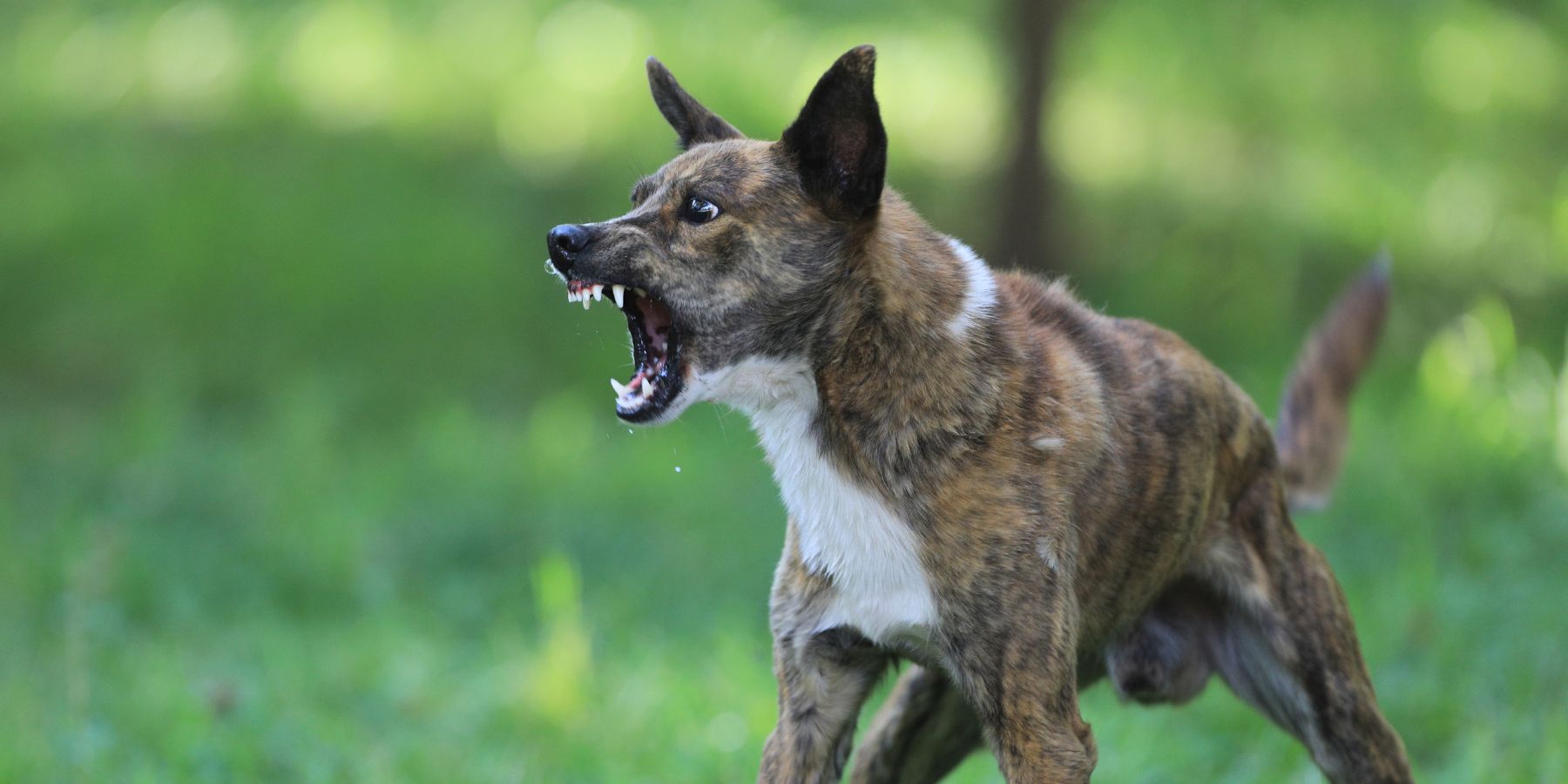Living with an aggressive dog can be challenging, but with dedication and the right environment, you can make a significant positive impact on your furry friend's behavior. This guide aims to provide insights into creating a safe and supportive space for aggressive dogs.
Understanding Aggression in Dogs
Recognizing Signs:
Aggression can manifest through growling, barking, biting, or snapping. Understanding these signs is crucial for managing aggressive behavior.
Triggers:
Identifying triggers is essential. Aggression can be sparked by fear, territorial instincts, past trauma, or health issues. Pinpointing the cause helps tailor your approach.
Strategies for a Safe Environment
1. Professional Guidance:
Consult with a veterinarian or dog behaviorist for a professional evaluation. They can help determine the severity of aggression and provide personalized strategies.
2. Designated Safe Spaces:
Create safe zones where your dog can retreat when feeling overwhelmed. Provide a comfortable bed, toys, and water to make it a positive space.
3. Routine and Consistency:
Establish a consistent daily routine. Dogs thrive on predictability, and a stable routine can help reduce anxiety and, consequently, aggression.
4. Positive Reinforcement:
Use positive reinforcement to reward good behavior. Treats, praise, and affection can motivate your dog to exhibit calm behavior.
5. Avoid Triggers:
Identify and minimize exposure to triggers. If your dog reacts to specific situations or people, manage their environment to prevent unnecessary stress.
6. Physical and Mental Exercise:
Regular exercise is crucial for mental and physical well-being. Walks, playtime, and puzzle toys provide outlets for excess energy.
How to Calm an Aggressive Dog in Their Safe Space
In addition to creating a safe environment, knowing how to calm an aggressive dog is vital. When your dog retreats to their safe space:
- Maintain Calm: Approach with a calm demeanor, avoiding sudden movements or loud noises.
- Respect Boundaries: Allow your dog to initiate contact. Don't force interaction.
- Use Gentle Tones: Speak in soothing, gentle tones to convey reassurance.
- Offer Treats: Positive reinforcement within the safe space reinforces it as a positive area.
Summary
Creating a safe environment involves a combination of understanding your dog's triggers, professional guidance, and consistent positive reinforcement. A safe space, routine, and minimizing stressors contribute to a more secure and calm atmosphere.
FAQs about Creating a Safe Environment for Aggressive Dogs
Q1: Can any dog become aggressive, or is it breed-specific?
Aggression can occur in any breed. While some breeds may have certain traits, individual temperament and experiences play a significant role.
Q2: Should I punish my dog for aggressive behavior?
No. Punishment can escalate aggression. Focus on positive reinforcement and behavior modification.
Q3: Can a safe environment alone resolve aggression?
While a safe environment is crucial, addressing the root causes with professional guidance is essential for long-term resolution.
Q4: Is rehoming the only option for aggressive dogs?
Rehoming should be a last resort. With proper management, training, and a safe environment, many aggressive behaviors can be improved.
Q5: Can an aggressive dog live with other pets?
With careful introduction, professional guidance, and a controlled environment, some aggressive dogs can coexist with other pets.


